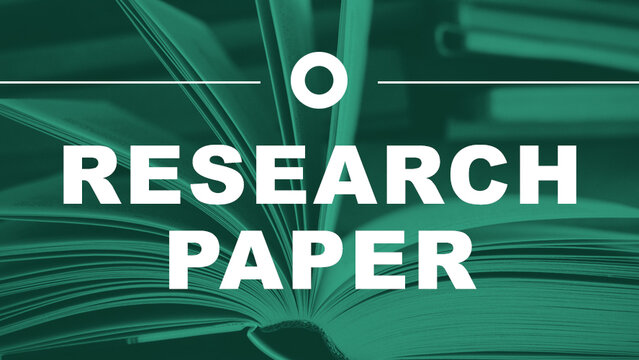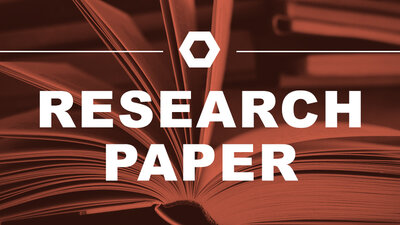Authors: Gabriella Amberchan, Isai Lopez, Beatriz Ehlke, Jeremy Barnett, Neo Y. Bao, A’Lester Allen, Bakthan Singaram and Scott R. J. Oliver
Source: ACS Publications
We report the use of a gallium (Ga)-rich aluminum (Al) composite to enhance the formation of Al nanoparticles and to facilitate its ability to split water to generate hydrogen at ambient conditions. The synthesis of this Ga–Al composite occurs without the need of an inert atmosphere or mechanical aid. Commercial Al can be used, including postconsumer aluminum foil that is usually discarded. Characterization of the Ga–Al composite with scanning electron microscopy, energy-dispersive X-ray spectroscopy, and powder X-ray diffraction illustrates that the Ga acts to dissolve the aluminum oxide coating of the Al nanoparticles. The pristine nanoparticles are then available for continuous water splitting and on-demand hydrogen generation through the Grotthuss mechanism. The water-splitting reaction does not require an applied potential and functions at ambient conditions and neutral pH to rapidly generate 130 mL (5.4 mmol) of hydrogen per gram of alloy. Any available source of water can be used including wastewater, commercial beverages, or even ocean water, with no generation of chlorine gas, as confirmed by gas chromatography–mass spectrometry. In addition, Ga remains intact, allowing it to be collected and reused indefinitely. The Ga–Al alloy is stable under cyclohexane for at least 3 months so it can be preprepared for a later use. As an initial example of the application of evolved hydrogen, we show a hydrogenation reaction.







